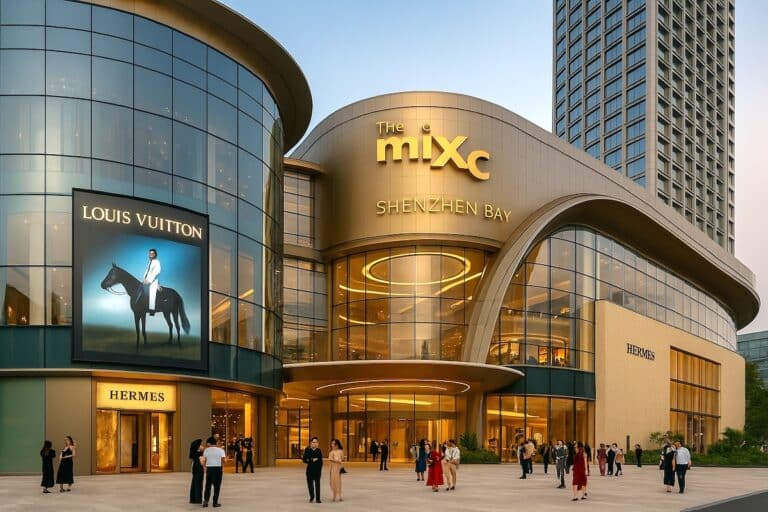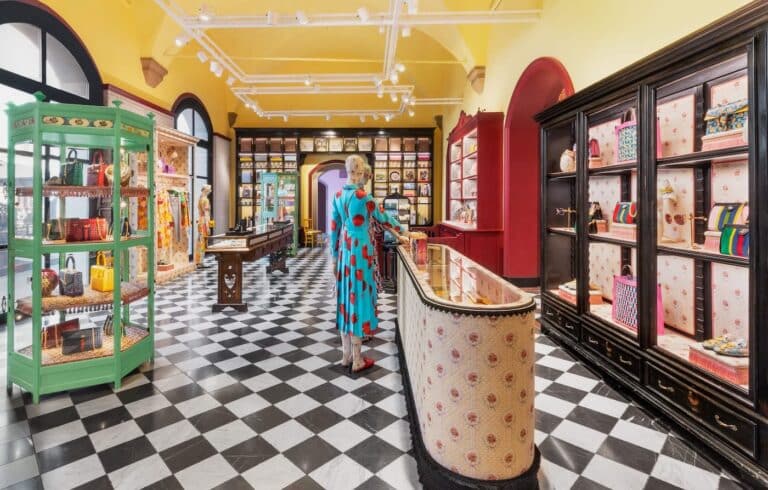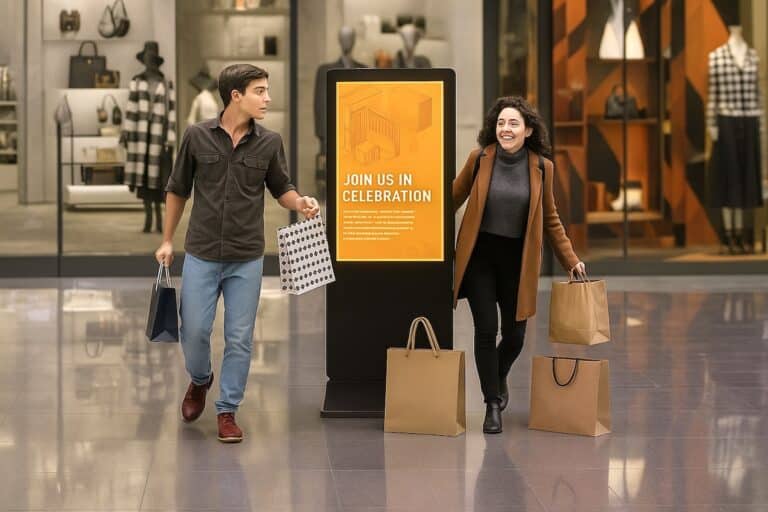Malls.com was lucky enough to catch up with Peter Courtney at MAPIC, Cannes, France. Peter is a Director at Lunson Mitchenall and specializes in shopping center development, asset management and leasing.
We asked him for his thoughts on London’s new Kings Cross development
that he is currently advising on. We also took the opportunity to
find out about the challenges facing developers in the UK capital and
all about other aspects of retail in this city.
Peter
started by telling us how huge and unique the Kings Cross
development. It covers 67 acres and is a “huge part of Central
London,” which he described as being virtually derelict for about 100
years and been “left to rot for a very long time.”.
He also
pointed out that the fact that the Eurostar train connection to
mainland Europe leaves from here makes it a “very, very important
transport hub”. The idea behind this massive project is,
therefore, to “regenerate an area which has been tainted.”
by many issues such as deprivation, poverty, and drugs.
Interestingly,
the work being carried out here covers an area with a lot of old
buildings which are classed by the UK Government as protected, listed
buildings. These are the likes of heritage buildings from the
Victorian age that are protected because of their historical
importance. Additionally, there are also a lot of new buildings in
the area being developed. He said that this mix of old and new
buildings cover an area of over 8 million square feet of space.
This
combination of different types of building had to be taken into
account when planning the Kings Cross development. This means that
they have “integrated the old heritage buildings within the new
concept”. A fascinating example used by Peter to explain this to us
comes with the old Granary building used to store grain in
the past. This has been converted into a trendy fashion college, which
has led to fashionably, arty students moving into the heart of the
area and making it a “very cool” place.
When we
asked him what he thought the audience for the development would be,
Peter was evident that it is “truly international,” partly
because of the area’s Eurostar link. He also stated that the
determining factor for incomers is the person’s lifestyle rather
than their age or income levels.
As for
the retail and leisure options that are going to be on offer in the
Kings Cross area, there are lots of plans being worked on just now,
with some already coming to fruition. For example, the night before
he told us it was the opening night for Dishoom, which is a Bombay café
that is set in a new building but “looks like it’s been there for
a hundred years”.
He
confirmed that it is a “slightly different” setting for retail
brands to promote their image or brand in London. We shouldn’t
expect to see mass-market brands such as Marks & Spencer and Top
Shop opening here. Instead, it will be trendy, emerging brands that
are attracted to the site.
Intriguingly,
Peter told us that one of the first retail deals they have done for
Kings Cross is for a retailer from a European capital city. It will
be their first and only store in the UK capital and while he couldn’t
confirm the name; it sounds like it could be big news in the pipeline.
When
asked about the share of local retailers and international brands at
Kings Cross he said that they have a very “evolving model” and
aren’t restricted in this respect. He thinks that it will be a
mixture of local and international brands. He also expressed his hope
that a UK retailer may think about “doing a different thing” at
this development, such as opening a special edition of their store.
We
asked whether the idea was to keep it fresh and offer something
really new for the consumer, which Peter agreed was a
goal. He said that North London has traditionally been considered as
“not quite as comfortable” as other parts of the capital and that
This would add an extra edge to the project. He also stressed the
fact that adding heritage to new projects is always difficult but
that it won’t be a problem here.
As far
as the cultural attractions go, as well as the fashion college there
is a deal in place with the wealthy Aga Khan to open a cultural
center in the area. Peter agreed that attracting people for cultural
reasons as well as for shopping and leisure is “very easy to say
but very hard to do.” He pointed out to us that there will be
about 30 to 40 thousand people living in the area who will need
access to things to do.
The
quality grocery chain Waitrose will also have a presence in the new
development, with a cookery school and a wine shop as part of their
store. He pointed out that the policy with this development is to
“not do the same” as the rest, so that is what we are looking out for
interesting, different ideas.
As the
conversation moved on to other malls in London, Peter stated that
Westfield is “an amazing company” and their shopping center
in the capital has been so successful that they are now expanding and
extending it by another 600,000. There is also the
Battersea Power Station development, Earls Court, and the one at
Victoria. He isn’t aware of any other city that is “so
established but that has suddenly got 5, 6, or 7 projects” at the
same time.
The
presence of landed estates was put forward to us as one of the
possible reasons London is so different from other big cities. Rather
than individuals owning pieces of land here and there, in London old,
wealthy titles families own “great chunks” of the city. A fine
example comes with the Queen owning Regent Street, allowing it to be
transformed more easily in recent years.
We put
it to Peter that in some parts of the world, developers find it
difficult to get the idea of malls accepted by locals. He suggested
that this could be because a lot of them “aren’t very good.”.
While he says that London doesn’t have many malls, he pointed out
that the Kings Cross development will have “40% of the area devoted
to open spaces”. It certainly looks like development-worthy
We are closely monitoring the situation.
Want to share your company’s latest updates, store openings, or partnerships?

MixC Shenzhen Bay opens in Shenzhen’s Nanshan district, blending luxury retail, art, and lifestyle into one destination, redefining the Asian…

From Nike’s storytelling to IKEA’s precision and Glossier’s human tone—the best retail press releases don’t just announce, they connect.

From Gucci Garden to Amazon’s Just Walk Out, leading retailers turn stores into stages. Here’s why experience is now the…

If you’ve been inside a shopping mall recently, you’ve probably noticed QR codes popping up everywhere on posters, food court…

Retail media networks are reshaping global advertising.

The world’s biggest fast-food business and the K-pop phenomenon are joining up again – and it’s not just a meal,…